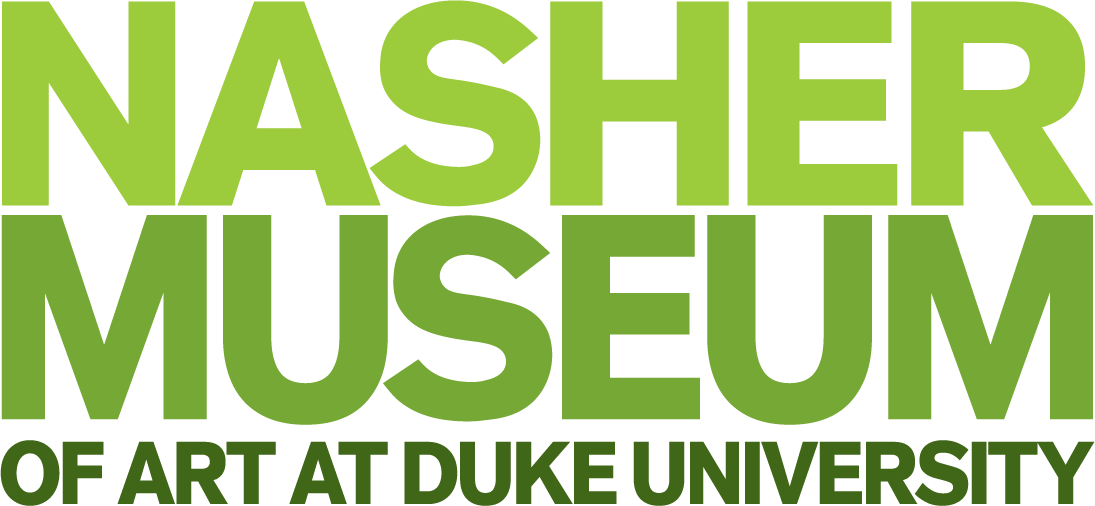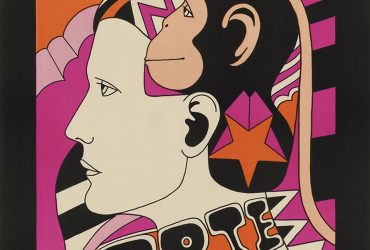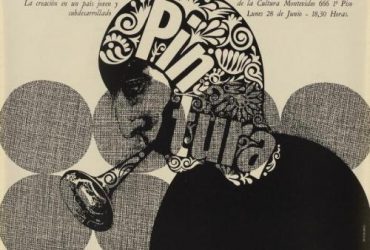![Edgardo Giménez, Sin título (Fuera de caja) (Untitled [Out of the Box]), 1970. Offset print on paper, 14.75 x 22 inches (37.465 x 55.88 cm). Collection of the Nasher Museum of Art at Duke University. Gift of the Institute for Studies on Latin American Art (ISLAA), 2019.10.8. © Edgardo Giménez. Photo by Peter Paul Geoffrion.](https://nasher.duke.edu/wp-content/uploads/2019/06/bunny-1-450x312.jpg)
Nine posters by Argentinian artist Edgardo Giménez have come into the Nasher Museum’s collection, coinciding with the success of the exhibition Pop América, 1965 – 1975. Giménez is a key figure in the development of Pop art in Latin America, as well as a pioneer of multidisciplinary art experiences in Argentina. Giménez is a self-taught artist whose interest in fine art grew from his work as a graphic designer. His work aims to bring humor and fantasy to reality and often tackles imaginary concepts or ideas, realizing them as sculptures or installations.
Giménez was an important member of the art scene in Buenos Aires during the 1960s and 1970s. He is a key figure within the history of the avant-garde Instituto Di Tella, an influential foundation created in 1958 to display trends in Argentine art and culture. Together with a coalition of other artists, he formed La Siempreviva (Always Alive), a collective that coordinated spaces for artists to exhibit work. In the late 1960s he began to exhibit his work individually and he developed as a poster-maker. This gift of nine posters by Giménez offers a variety of examples of Pop imagery, humor and projects during the ’60s and ’70s. Two of the posters are part of the exhibition Pop América, 1965 – 1975, which is co-organized by the Nasher Museum and the McNay Art Museum in San Antonio, Texas.
The gift came from the Institute for Studies on Latin American Art (ISLAA) in New York City, NY.





